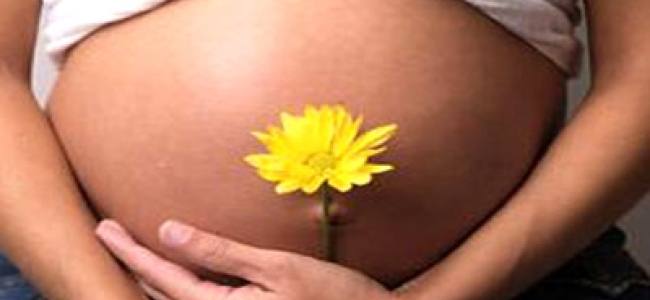
Around 1 in 10 maternal deaths due to flu
“Nearly one in ten pregnant deaths caused by flu,” The Daily Telegraph reports. A review into maternal deaths, which thankfully remain rare, found that conditions such as the flu and sepsis account for many of the deaths. Maternal deaths are deaths in women that occur during their pregnancy or within six weeks after the end of their pregnancy.
Other headlines prompted by the review included the Mail Online’s “Half of deaths in pregnancy are ‘avoidable’”, pointing out that mental health and heart problems take a “heavy toll”.
BBC News took a more positive approach, pointing out that “Maternal death rates ‘are falling’”. Maternal death rates dropped from 11 per every 100,000 women giving birth during the 2006-08 period to 10 per every 100,000 women during the 2010-12 period.
What are the news stories based on?
The news stories are based on a report by researchers at the University of Oxford. It aimed to find the reasons for maternal deaths and illness (morbidity) between 2009 and 2012 in the UK and Ireland, and what lessons can be learned. They note that the focus is not on attributing blame, but on using these lessons to improve future maternity care. The UK’s maternal death rates are now among the lowest in the world.
This is part of a programme of Confidential Enquiries into Maternal Deaths, which has been running since 1952. The current programme, called the “Maternal Newborn and Infant Clinical Outcome Review Programme”, is provided by the MBRRACE-UK collaboration. MBRRACE-UK stands for Mothers and Babies: Reducing Risk through Audits and Confidential Enquiries across the UK.
What data do they look at and how do they collect it?
The current data covers the UK and, for the first time, the Republic of Ireland.
Data on maternal deaths is collected from various sources, including direct notification by individual maternity units, coroners, pathologists, midwives or members of the public, or though media reports. This is cross-checked with data from the Office for National Statistics and National Records of Scotland. The researchers also search for records of deaths in women of childbearing age, and compare these with birth records to identify any missing deaths.
The researchers send forms to the units in which the deaths occurred to find out demographic and medical details, causes of death, and provide contact details for the clinicians involved in their care. They then send questionnaires to the clinicians to ask about their views on the women’s care. All of these details and copies of the women’s medical records are provided to the MBRRACE-UK assessors for review, but only after any details that could identify the women are removed – so the records are anonymous.
What are the main findings and trends?
Their main findings were:
357 women died during or within six weeks of the end of their pregnancy in 2009-12; this was equivalent to 10 in every 100,000 women giving birth.
This was a significant reduction from 11 deaths in every 100,000 women giving birth in 2006-08.
The reduction was largely due to a reduction in deaths as a direct result of a pregnancy complication such as bleeding.
In 2009-12, one third of mothers who died did so as a direct result of a pregnancy complication.
Two-thirds of the deaths were from medical or mental health problems that were not directly linked to pregnancy, but got worse during pregnancy.
Three-quarters of mothers who died had pre-existing medical or mental health problems when they became pregnant.
More than two-thirds of women who died did not receive the nationally recommended level of care during their pregnancy (antenatal care), and a quarter did not receive the recommended minimum level of care.
Almost a quarter of women who died had a severe infection (sepsis).
One in 11 of the mothers who died did so from flu, and more than half of these could have been prevented by a flu vaccination.
What recommendations do they make?
The report’s basic recommendations are that:
Women with pre-existing medical and mental health conditions need pre-pregnancy advice and joint care from specialists in their condition and maternity staff.
Women with a severe infection need early diagnosis, rapid antibiotic treatment and a review by senior doctors and midwives.
More women need to receive the seasonal flu vaccine in pregnancy.
The report expands on these to make more detailed recommendations for various groups of staff in the healthcare system and professional organisations.
This included, for example, keeping the possibility of sepsis in mind at all times, ensuring women with any symptoms or signs of ill health in pregnancy have a full set of basic observations – such as temperature, blood pressure and breathing rate – and ensuring that women get access to available care. They also recommended that any maternal deaths should be reviewed locally by a multidisciplinary group.
A full version of the report is available in the further reading section below.


